
Initial Project Planning, Due Diligence, and “Will Serve” Letters
Proper planning at the outset of a project, well before construction begins, is vital to its success. The first step in the design process is to understand the client’s objectives for the project, to identify their wants and needs, and to perform a detailed evaluation...
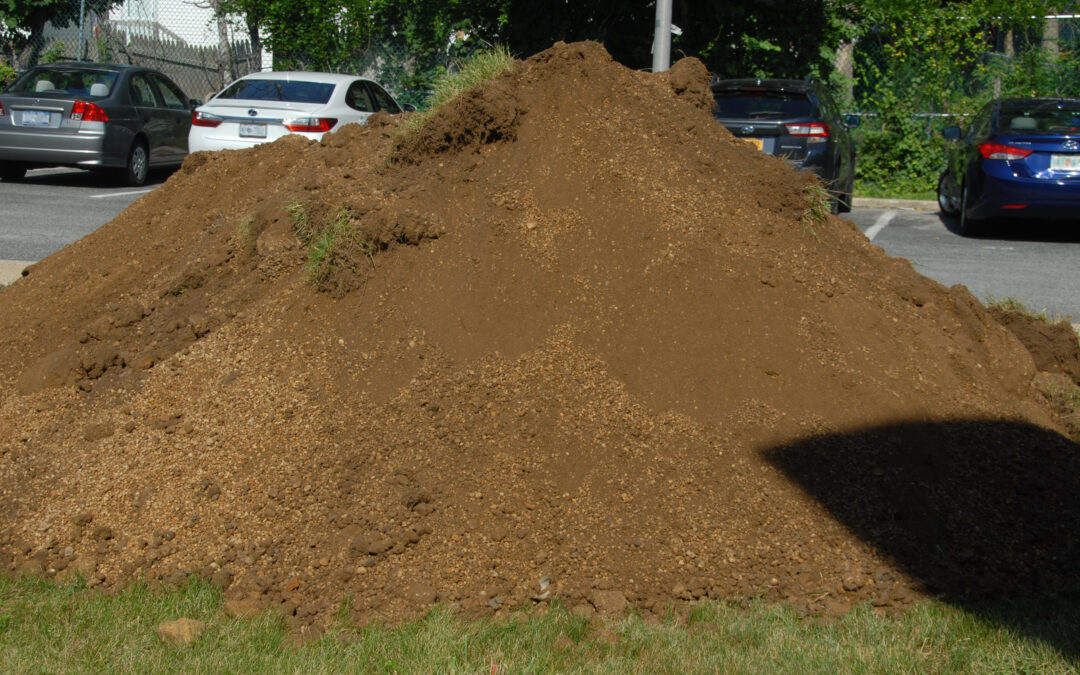
NYSDEC Part 360/361 Facility Transition Series: Operational Requirements for Mulch and C&D Related Operations
Solid Waste Management Facilities (SWMF) that operate within New York State (NYS) are regulated by the NYS Department of Environmental Conservation (NYSDEC) under 6 NYCRR Parts 360-366 and 369. Depending on the facility operations, including types of material accepted...
NYS DEC Proposes Revised 6 NYCRR Part 360: Solid Waste Management Facilities
An Environmental Notice Bulletin (ENB) from the New York State Department of Environmental Conservation (NYS DEC) was put forth on May 18, 2022 announcing revisions to the Part 360 Series, with minor revisions to Part 371 and Part 377. The revisions include technical...
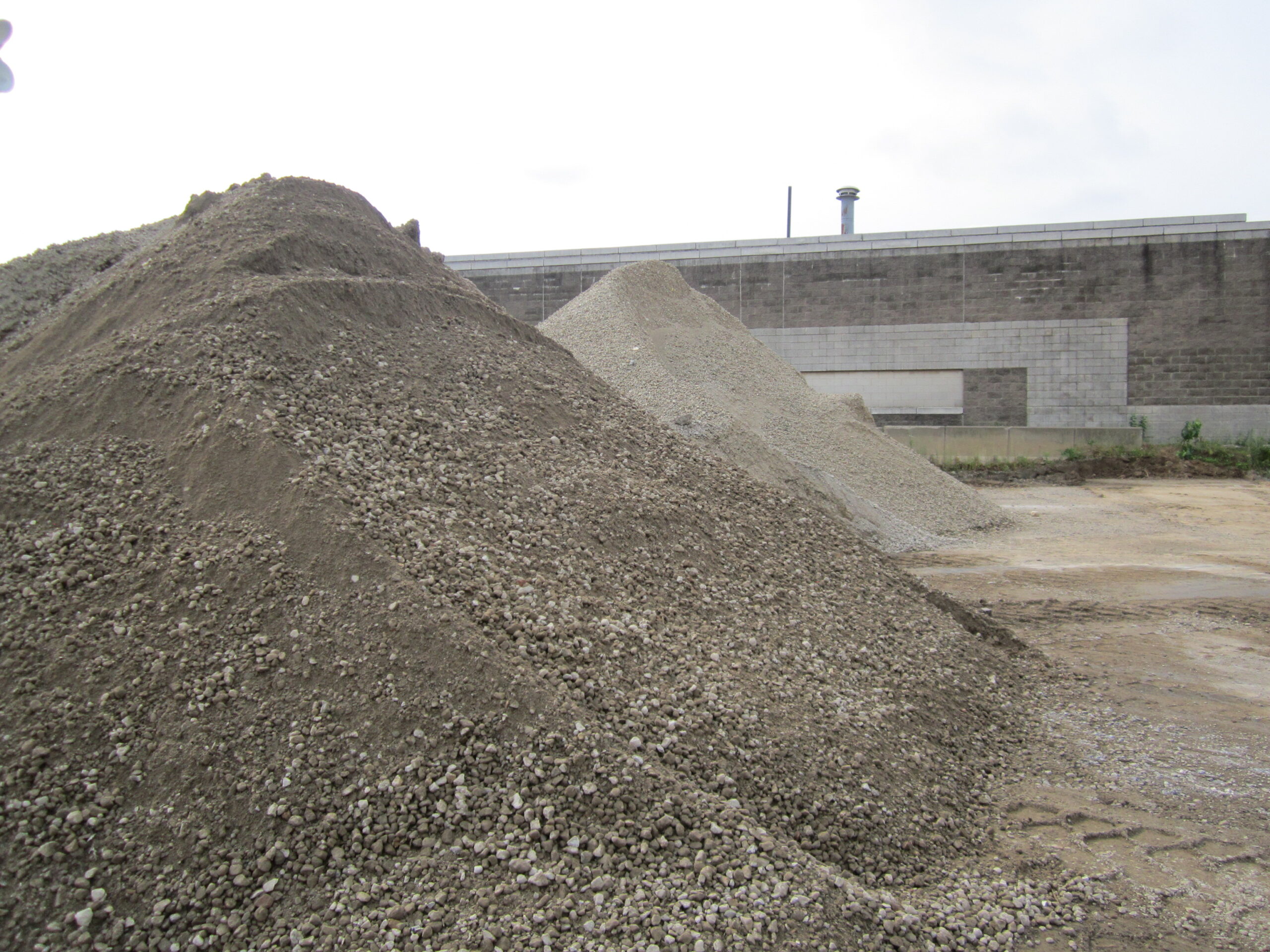
Did You Have To File A Part 360 Solid Waste Annual Waste Report this Year?
The deadline for filing the New York State Department of Environmental Conservation (NYSDEC) Part 360 Solid Waste Annual Reports is March 1st every year. The reports must be submitted electronically or by mail to both the NYSDEC Regional Office and the Central NYSDEC...
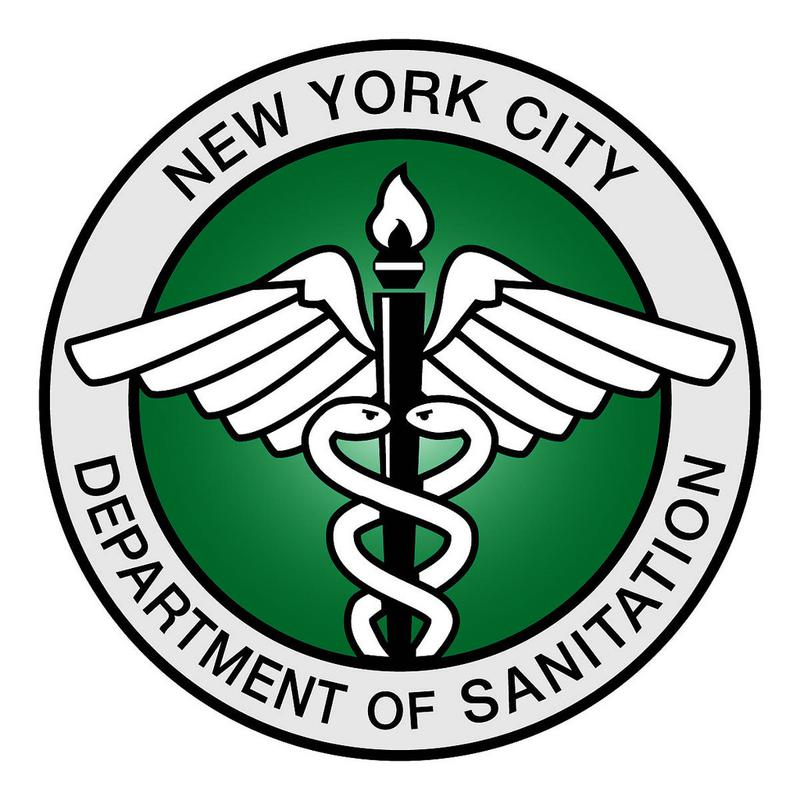
New Proposed Rule by DSNY
The New York City Department of Sanitation (DSNY) is proposing a new amendment to rules to tighten up on trash and recycling being left on curbsides and sidewalks stating that “mountains” of bags have been attracting rats and impacting quality of life in the...

Overcoming Challenges Brought On by Daylight Saving Time
Source: Business Partner Magazine On November 1st, clocks must be moved back one hour to mark the end of Daylight-Saving Time. While this change will result in (most) people getting an extra hour of sleep, it is also important to note that those who work very early...
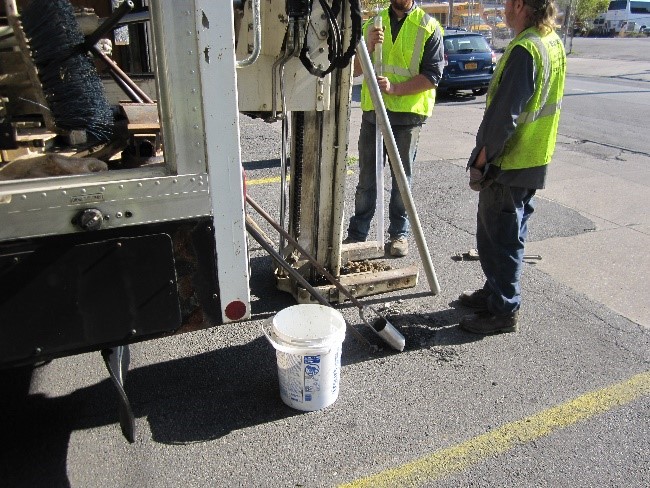
Do I Need a Geotechnical Soil Report for My Construction Project?
A geotechnical soil report is an important document that provides crucial pre-construction geotechnical information compiled for a property following a soil investigation. It serves as a guide for engineers during the design phase of a construction project, and...

NYC Department of Buildings is Inspecting Construction Sites During Reopening – Are You Ready?
When New York City entered Phase 1 reopening on June 8th, work at construction sites was cleared to begin. In addition to complying with all applicable Building and Electric Codes along with New York City Department of Buildings (DOB) regulations, the New York...

New GP (GP-0-20-001) for Construction Activities Issued January 28, 2020
The New York State Department of Environmental Conservation (NYSDEC or Department) issued a new State Pollutant Discharge Elimination System (SPDES) General Permit for Stormwater Discharges from Construction Activity (GP-0-20-001). The new permit has been effective...
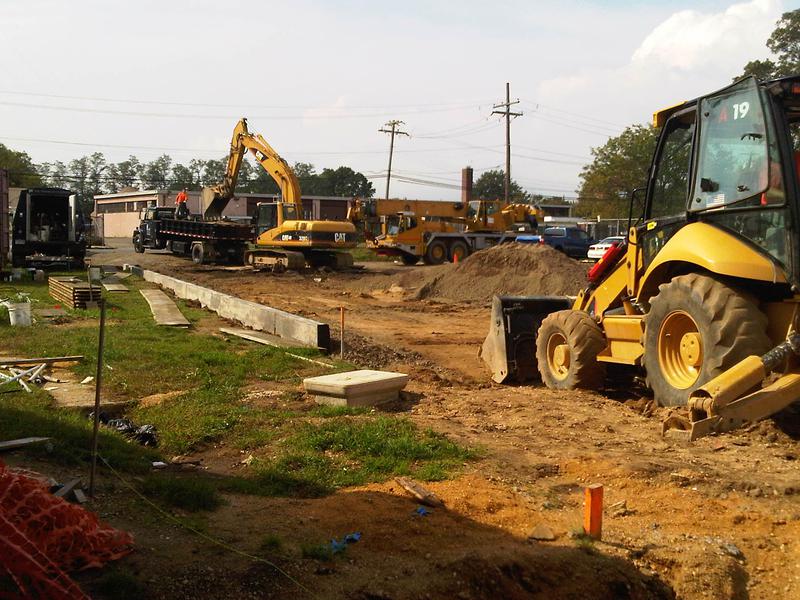
NYSDEC Part 360 Compliance starts TODAY!
Hey Bud, do you know about B.U.D.s? Tracking Documents? Permits and Registrations? The time has come to comply with the NYSDEC Part 360 regulations. Starting today, May 3, 2018, the NYSDEC requires and expects that all Solid Waste Facilities (with some exceptions)...
